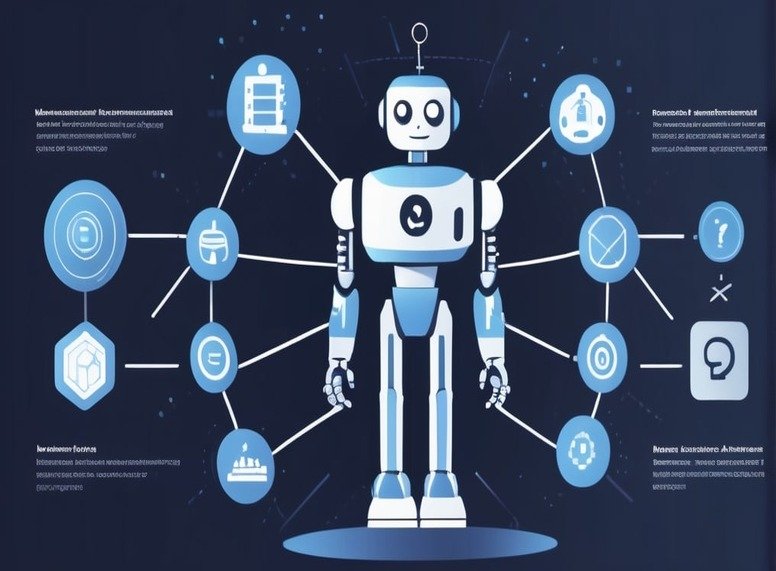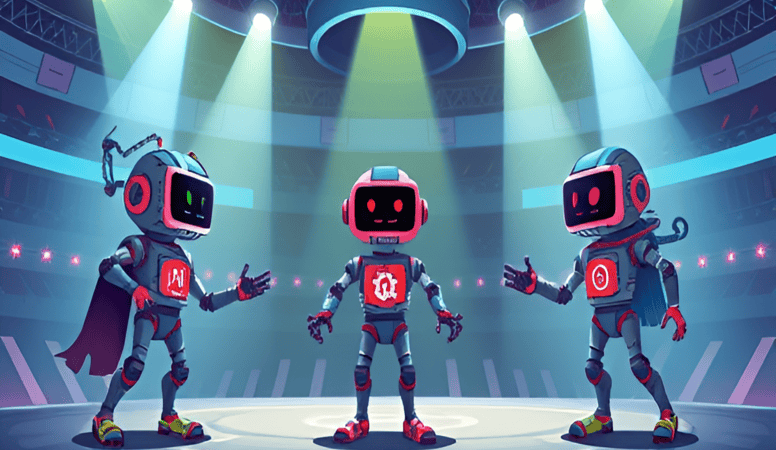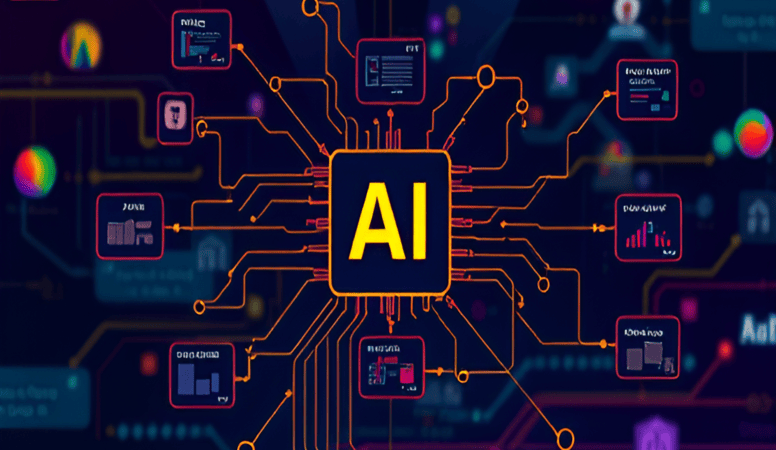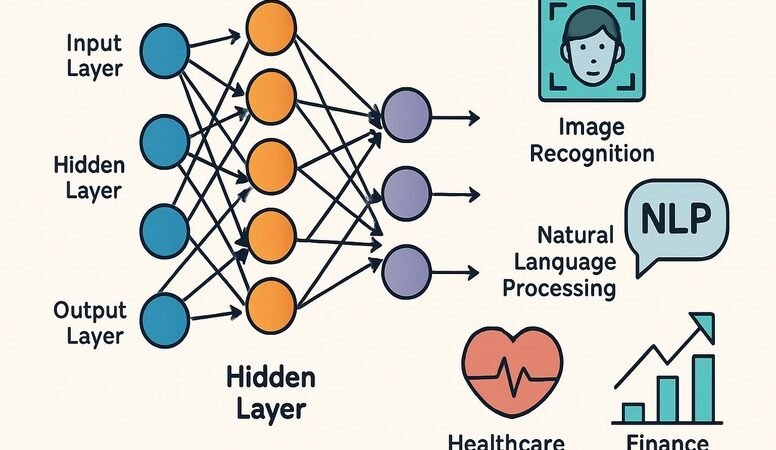Machine learning is reshaping the way we interact with technology. This powerful subset of artificial intelligence allows systems to learn from data and make decisions without being explicitly programmed. From virtual assistants to recommendation engines, ML is now at the core of digital transformation.
Let’s explore what this technology is, how it functions, and why it’s so impactful.
What Is Machine Learning?
Machine learning is a method by which computers improve their performance on tasks by analyzing large sets of data. Instead of following strict instructions, they adapt and learn from patterns.
Imagine teaching a child the names of different fruits by showing pictures—similarly, ML models learn by analyzing data and associating inputs with outcomes.
How Machine Learning Works
At its core, this technology follows a step-by-step process to turn raw data into meaningful insights or actions:
1. Data Collection
Relevant data is gathered based on the problem at hand. For example, if the goal is to recognize fruits, the data might include labeled images of apples, bananas, and oranges.
2. Data Preprocessing
This step involves cleaning the data by removing duplicates, handling missing values, and converting it into a usable format. The quality of preprocessing directly affects model performance.
3. Model Training
The preprocessed data is fed into an algorithm. During training, the system identifies patterns and builds a model that understands relationships in the data.
4. Evaluation
Once trained, the model is tested using new data. This helps evaluate how well it can make predictions on unseen inputs.
5. Prediction or Estimation
If the evaluation results are satisfactory, the model can now be used to make decisions or predictions on live data.
Types of Machine Learning
There are three main types of ML, each suited for different scenarios:
Supervised Learning
In this type, the algorithm is trained on labeled data. It learns to map inputs to known outputs—for example, identifying fruits by matching images with names.
Unsupervised Learning
This approach deals with unlabeled data. The algorithm groups similar data points together based on inherent features. Think of it as finding patterns without knowing the expected result.
Reinforcement Learning
Here, the system learns by interacting with its environment and receiving feedback. It gets rewarded for desirable outcomes, much like training a pet with treats.
Real-World Applications
Machine learning has made its mark in nearly every sector. Here are just a few examples:
-
Image and Speech Recognition
ML models can detect objects in photos or convert spoken words into written text -
Recommendation Engines
Platforms like Netflix and Amazon use this technology to suggest content or products based on past preferences. -
Predictive Analytics
Businesses use ML to forecast trends, customer behavior, or sales performance by analyzing historical data.
Benefits of Machine Learning
Here’s why businesses and developers are embracing this technology:
-
Efficiency & Automation
It streamlines complex tasks and reduces the need for manual effort, leading to increased productivity. -
Better Decision-Making
Data-driven insights allow for smarter strategies and operations. -
Innovation & Growth
From self-driving cars to real-time fraud detection, ML drives modern innovation and enhances competitiveness.
Challenges to Consider
Despite its strengths, machine learning comes with certain limitations:
-
Data Quality
Poor or biased data can result in inaccurate predictions. Ensuring clean, relevant data is crucial. -
Ethical Concerns
Algorithms must be designed fairly and transparently to prevent bias or misuse. -
Scalability
As data grows, maintaining performance and speed becomes a challenge. Scalable infrastructure is necessary.
Conclusion
Machine learning is more than a tech trend—it’s a transformative force reshaping industries. By understanding how it works, its types, and applications, you gain insights into a technology that’s powering everything from personalized ads to autonomous vehicles.
As this field continues to evolve, its role in our everyday lives will only grow, opening new doors to innovation and intelligent decision-making.








